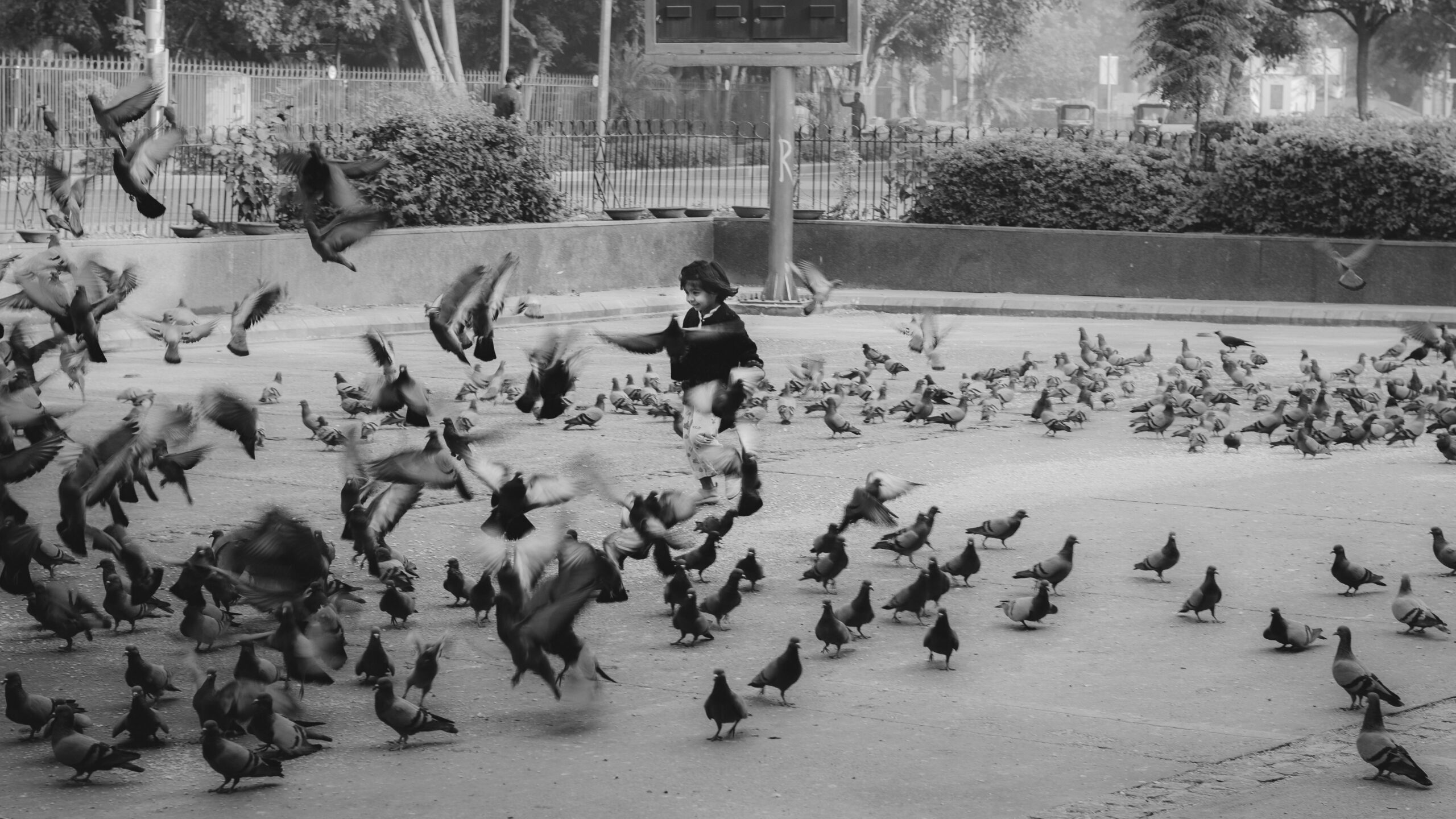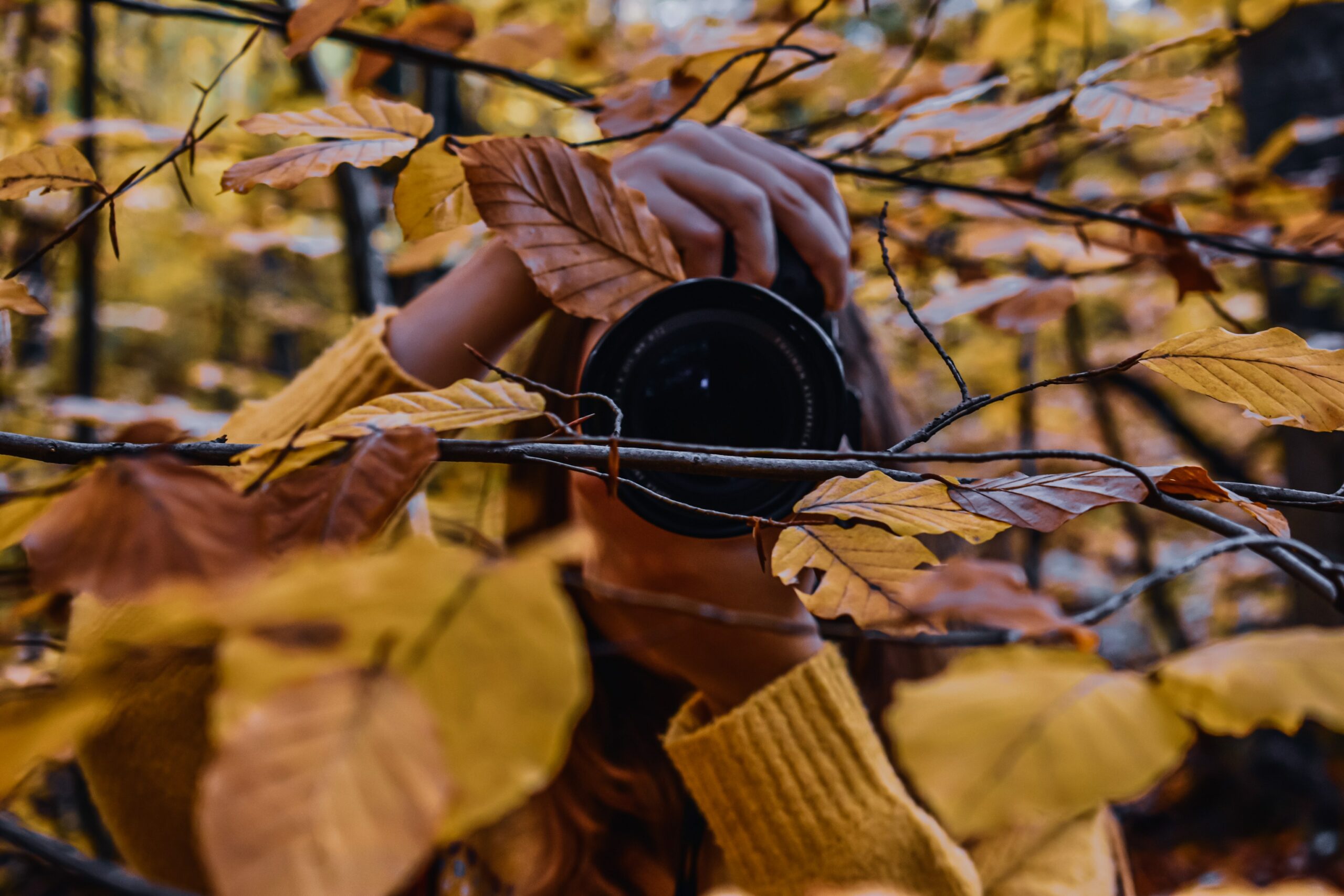Black and white photography has a timeless and classic quality that continues to captivate photographers and viewers alike. It requires a different approach to shooting and post-processing, and can produce stunning and emotive images that are not always possible in color. In this blog post, we will explore the techniques and strategies for creating beautiful black and white photos, as well as some inspiration and resources to help you get started. If you want to learn more about photography visit Power Shots.
Definition and History of Black and White Photography
Black and white photography, also known as monochrome photography, involves capturing and reproducing images in shades of gray, rather than in color. While color photography has been around since the mid-19th century, black and white photography has a much longer history, with some of the earliest known photographs dating back to the 1820s.
One of the earliest and most famous practitioners of black and white photography was French artist Louis Daguerre, who developed the daguerreotype process in the 1830s. This process involved exposing a silver-coated copper plate to light, which would produce a highly detailed and permanent image.
Black and white photography continued to evolve over the next few decades, with the introduction of new processes such as the calotype and the collodion wet plate. These processes allowed photographers to create prints from their negatives, making it easier to share and distribute their work.
Benefits of Shooting in Black and White
So why would a photographer choose to shoot in black and white, rather than in color? There are a few key benefits to shooting in black and white:
- Emphasis on form and composition: Without the distractions of color, black and white photography allows the viewer to focus on the shape, form, and composition of the subject. This can help to create a more powerful and impactful image.
- Mood and atmosphere: Black and white photos can convey a sense of mood and atmosphere that is not always possible with color. By manipulating the tonality and contrast of the image, you can create a range of emotions, from soft and ethereal to stark and dramatic.
- Timelessness: Black and white photos have a timeless quality that makes them feel classic and enduring. They can capture a moment in a way that feels eternal, rather than tied to a specific time or place.
Techniques for Shooting Black and White Photos
Now that we’ve explored the benefits of black and white photography, let’s look at some techniques for capturing great black and white photos.
Understanding Light and Contrast
One of the key elements of black and white photography is the way light and contrast are used to shape the image. Black and white photos rely on tonal contrast, rather than color contrast, to create depth and interest. This means that it’s important to pay attention to the way light is falling on your subject, and to think about how it will be rendered in black and white.
To create strong contrast in your black and white photos, you’ll want to look for areas of light and shadow, and try to position your subject in a way that maximizes these contrasts. For example, if you’re shooting a portrait, you might have your subject stand in front of a window or other bright light source, so that the light creates strong shadows on their face.
Using Filters to Enhance Contrast
In addition to paying attention to the natural light and contrast in your scene, you can also use filters to enhance the contrast in your black and white photos. There are a few different types of filters that are commonly used in black and white photography:
- Polarizing filters: These filters can help to reduce reflections and enhance contrast, particularly when shooting landscapes or other
- Neutral density filters: These filters are typically used to block out a certain amount of light, allowing you to use longer exposures or wider apertures in bright conditions. This can be particularly useful for black and white photography, as it can help to smooth out water, clouds, or other moving elements in the scene.
- Graduated neutral density filters: These filters are similar to neutral density filters, but they are graduated, meaning that they are darker in one half and lighter in the other. This can be useful for balancing the exposure between the sky and the foreground in landscape photography, or for other situations where there is a large contrast in light levels.
Composition and Framing
Composition is always important in photography, but it takes on even greater significance in black and white photos. Without the distractions of color, the composition of your image becomes even more important in creating a visually appealing and impactful photo.
There are a few key things to consider when composing your black and white photos:
- Leading lines: Look for lines or shapes in your scene that lead the eye into the frame, such as roads, fences, or rivers. These lines can help to draw the viewer’s attention into the photo and create a sense of depth.
- Rule of thirds: The rule of thirds is a compositional guideline that suggests dividing the frame into nine equal parts, and placing the subject along one of the lines or at one of the intersections. This can help to create a balanced and visually appealing photo.
- Simplicity: In black and white photography, it can be helpful to keep the composition simple and uncluttered. This can help to draw the viewer’s attention to the key elements of the scene and create a more impactful image.
Shooting in Raw Format
Shooting in raw format is always a good idea, regardless of whether you’re shooting in black and white or color. Raw files contain all of the data captured by the camera’s sensor, allowing you to make more adjustments to the image in post-processing. This can be particularly useful when shooting in black and white, as it gives you more control over the tonality and contrast of the image.
Conclusion
Black and white photography is a timeless and classic art form that allows photographers to create emotive and impactful images. By understanding the techniques for shooting and post-processing black and white photos, and seeking out inspiration and guidance from other photographers, you can create beautiful and striking black and white photos that capture the essence of your subjects. So grab your camera and start exploring the world of black and white photography!



